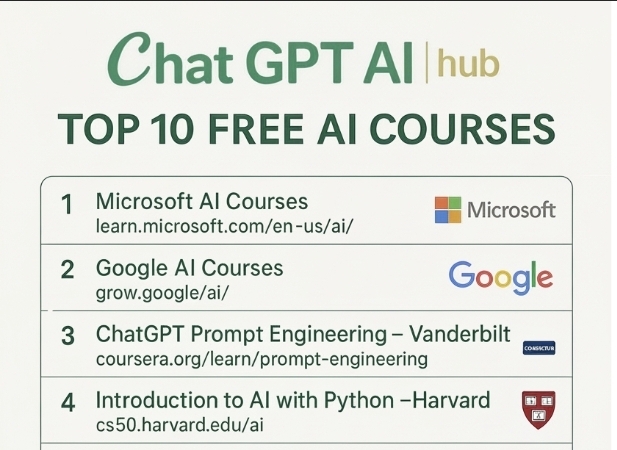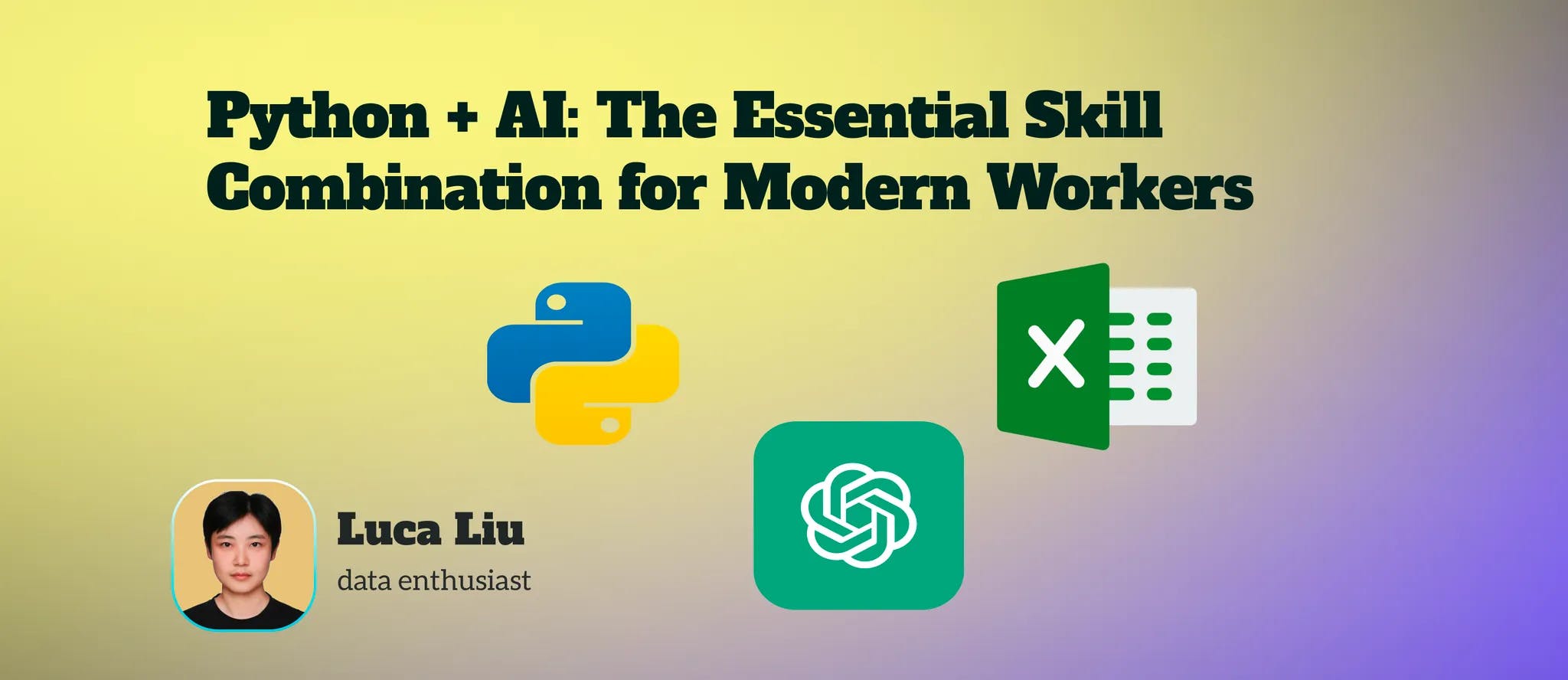The excitement surrounding AI agents is undeniable. We’re witnessing a paradigm shift from AI that simply predicts or generates content to a new class of software capable of autonomous problem-solving. These agents promise to be collaborative partners, capable of achieving complex, multi-step goals on their own.
However, moving from a simple laptop prototype to a robust, production-grade agentic system reveals a series of surprising and often counter-intuitive challenges. The path to building reliable agents is less about extending old practices and more about adopting an entirely new operational and architectural mindset. At its core, an agent is a system dedicated to the art of context window curation; a relentless loop of assembling instructions, data, and tool results to guide a language model’s reasoning.
This article distills five of the most impactful takeaways for anyone building or leading teams in this new space. Derived from a formal guide for developers and architects, these five principles are not isolated challenges; they are interconnected pillars of a new operational model, starting with the developer’s new role as a “director” of context.
The 5 Most Impactful Takeaways on Building AI Agents
1. Your New Job Isn’t to Code; It’s to Direct
The role of the developer undergoes a fundamental transformation when building agents. The traditional developer acts as a “bricklayer,” meticulously defining every logical step of a program. In the new agentic paradigm, the developer becomes more of a “director.”
Instead of writing explicit code for every action, the primary task is to guide an autonomous actor by setting the scene with clear instructions, selecting the right cast of tools and APIs, and providing the necessary context through data. This new discipline is called “context engineering”; the art of curating the information fed into a Language Model’s (LM) context window to elicit the desired performance. You direct the agent by engineering the context that shapes its every decision.
You’ll quickly find that an LM’s greatest strength (its incredible flexibility) is also your biggest headache. A large language model’s capacity to do anything makes it difficult to compel it to do one specific thing reliably and perfectly.
This shift to “directing” through context engineering is most critical when moving beyond single agents. As complexity scales, the best way to direct is not to create one super-actor, but a super team.
2. The Best Agent Isn’t a Superhero; It’s a Super Team
As tasks become more complex, the instinct might be to build a single, all-powerful “super-agent” that can do everything. However, the most effective and scalable approach is the opposite: building a “team of specialists” that mirrors a human organization. This is the model for a “Level 3: Collaborative Multi-Agent System.”
In this model, agents can treat other agents as tools. For example, a central “Project Manager” agent might receive a complex mission like, “Launch our new ‘Solaris’ headphones.” Instead of attempting the entire project itself, it delegates by creating new, specific missions for its specialized team members:
- It tasks a MarketResearchAgent with analyzing competitor pricing.
- It assigns a MarketingAgent to draft three versions of a press release.
- It directs a WebDevAgent to generate the new product page HTML from design mockups.
This division of labor makes each individual agent simpler, more focused, and far easier to maintain. This collaborative model, which represents the true frontier of automating entire business workflows, is only possible because of our final principle: each agent possesses a unique digital identity, allowing for granular, secure permissions between them.
This ability to delegate is powerful, but the ultimate expression of agentic capability goes one step further.
3. The Ultimate Agent Doesn’t Just Delegate; It Creates
Beyond simple delegation lies a profound leap in capability known as the “Level 4: The Self-Evolving System.” At this level, an agentic system doesn’t just use a fixed set of resources; it can identify gaps in its own capabilities and then autonomously create new tools or even new agents to fill those gaps.
Let’s return to the ‘Solaris’ headphone launch. The “Project Manager” agent might realize that to succeed, it needs to monitor social media sentiment, but no such tool exists on its team. Instead of failing, it performs an act of autonomous creation. It invokes a high-level AgentCreator tool with a new mission: “Build a new agent that monitors social media for ‘Solaris headphones,’ performs sentiment analysis, and reports a daily summary.”
A new, specialized SentimentAnalysisAgent is then created, tested, and added to the team on the fly. This level of autonomy, where a system can dynamically expand its own capabilities, is what turns a team of agents into a truly learning and evolving organization. But this very autonomy raises a critical question: if an agent can evolve and create, how can we possibly test it?
4. You Can’t “Test” Agents with Pass/Fail; You Have to “Judge” Them
Traditional software testing methods break down in the world of agents. Simple assertions like output == expected are useless for systems that are probabilistic by design. An agent’s response may be valid in many different forms, making a binary pass/fail test impossible.
This reality requires a new operational philosophy known as “Agent Ops.” The solution is to move from testing to evaluation by using an “LM as Judge.” This process involves using a powerful language model to assess the agent’s output against a predefined quality rubric. The judge model can evaluate nuanced criteria such as factual grounding, adherence to complex instructions, and appropriate tone. This approach is made more feasible by the “team of specialists” model, as judging a focused agent with a narrow set of success metrics is far simpler than evaluating a monolithic one.
This is a critical shift. It moves quality assurance from a rigid pass/fail system to a metrics-driven evaluation of quality. By embracing this approach, the inherent unpredictability of language models becomes a manageable, measurable, and reliable feature. While “judging” an agent’s output solves the quality problem, its autonomy creates a profound security challenge. An agent isn’t just a probabilistic program to be evaluated; it’s a new actor on your network that needs a name and a badge.
5. An Agent Isn’t Just Software; It’s a New Employee with a Digital ID
Perhaps the most fundamental challenge agents introduce is to security. An agent is an autonomous actor that requires its own distinct identity, creating a new, third category of “principal” in security models that sits alongside human users and service accounts.
An agent needs a verifiable “digital passport” that is separate from the identity of the user who invoked it or the developer who built it. This concept is crucial for enterprise security. Granting each agent a unique, verifiable identity allows for the application of the principle of least privilege. For example, a SalesAgent can be granted access to the CRM, while the HROnboardingAgent is explicitly denied. This granular control contains the “blast radius” if a single agent is ever compromised or behaves unexpectedly, and it is the foundational technology that makes secure, multi-agent collaboration possible.
An agent is not merely a piece of code; it is an autonomous actor, a new kind of principal that requires its own verifiable identity. Just as employees are issued an ID badge, each agent on the platform must be issued a secure, verifiable “digital passport.”
Conclusion: A New Blueprint for Building
Building AI agents is not merely an extension of current software development; it is the beginning of a new architectural and operational paradigm. The five principles outlined here are not a list of features but an integrated blueprint for a new class of software that behaves like a digital organization.
The developer’s role shifts from a “bricklayer” of logic to a “director” of autonomous systems, where the fundamental skill is the art of context curation. You direct a team of specialists by curating their missions. You judge their performance by curating an evaluation context. And you secure their collaboration by curating their permissions, all rooted in a unique digital identity. This holistic approach is what transforms unpredictability from a bug into a feature, enabling the creation of truly collaborative and capable entities.
As these capable new ‘members’ join our teams, the most important question is no longer what can they do, but how will we guide them?
Podcast:
- Apple: HERE
- Spotify: HERE











